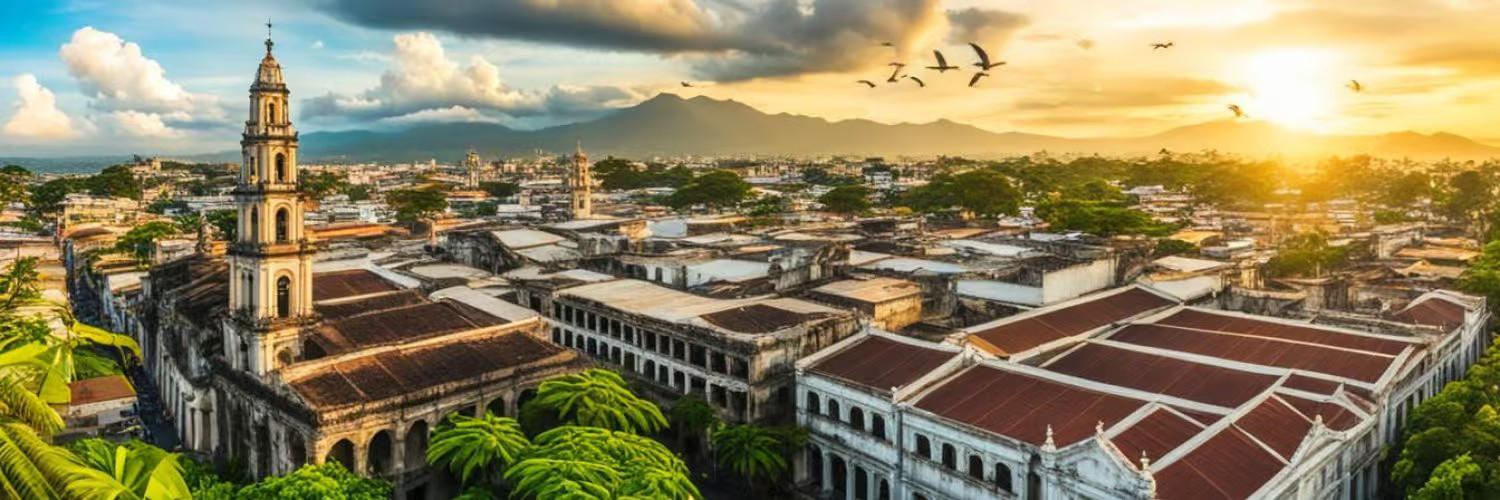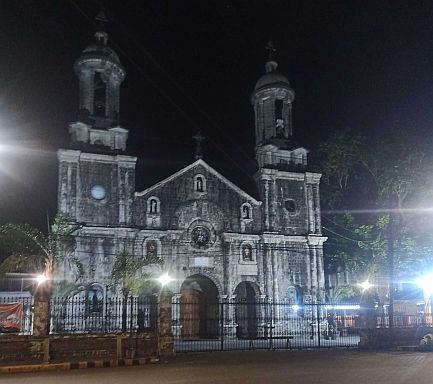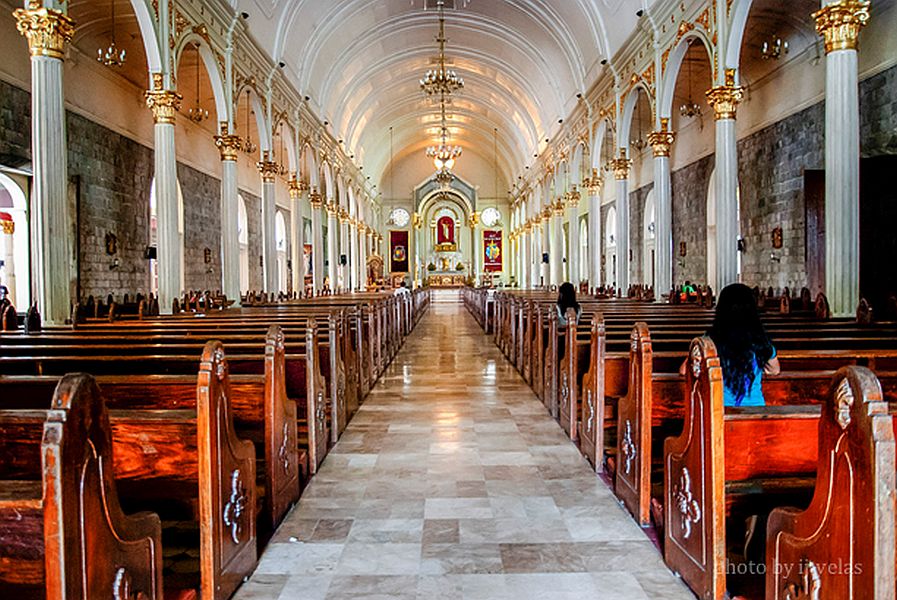San Sebastian Cathedral, Bacolod

The San Sebastian Cathedral is a historic church located in Bacolod, Negros Occidental. Named after Saint Sebastian, a Christian martyr known among locals as San Sebastian, the cathedral has been a significant religious site since the late 19th century.
Early History
The church’s origins date back to 1788 when it was founded as a parish and entrusted to the secular clergy. Initially, it did not have a permanent priest, making it a visita of Bago and later Binalbagan. From 1802 to 1804, Fr. Eusebio Laurencio and Fr. Leon Pedro served as acting parochial pastors, with Fr. Pedro becoming the first parish priest in 1805.
Construction and Development
In 1825, the first church structure began construction but was eventually replaced by the current cathedral. The first attempt to build a stone church was led by Fr. Julian Gonzaga in 1817. He began collecting coral stones from Guimaras Island using his own funds. Unfortunately, construction stopped when Fr. Gonzaga died in 1836.
The last secular priest, Fr. Mariano Avila, served until 1871 when the Augustinian Recollects took over. Fr. Mauricio Ferrer, O.A.R., resumed construction in 1876. He designed the new stone church and utilized labor provided by prisoners through an agreement with Governor Ramon Pastor. The cornerstone was laid on April 27, 1876, and the church was consecrated on January 19, 1882.
In 1885, twin towers were added, including a clock donated by Jose Ruiz de Luzurriaga and a pipe organ in the newly constructed choir loft. The convent was built using red bricks from Silay and leftover coral stones from 1891 to 1894. The interior ceilings were painted by Isidro Maria Lago. However, during renovations in 1969, the bell towers were rebuilt with concrete, and the pipe organ and painted ceiling were removed.
Becoming a Cathedral
The Diocese of Bacolod was created on July 15, 1932, by a papal bull from Pope Pius XI. Its canonical erection on May 4, 1933, by Papal Delegate Guglielmo Piani transformed San Sebastian Church into a cathedral. It is a suffragan of the Roman Catholic Archdiocese of Jaro. Fr. Casimiro Lladoc was appointed the first bishop of Bacolod.
Heritage and Architecture
In 1952, the Cathedral of Bacolod was declared a heritage church by the Philippine Historical Committee, and a Level II historical marker was installed.
The cathedral’s facade is flanked by twin bell towers. Built on sturdy piers, it features round and arch windows, decorative paired columns, and a stone column forming an arch over the main entrance. This column encloses a circular niche with a statue of the patron saint. The pediment has three niches for holy figures and is topped with an acroterion and a cross with rays.
The bell towers have arch and rose windows, with an ornamental level connecting the tower to the steeple. The bells are housed in a cylindrical lantern supported by columns, capped with a cupola and vanes.
By the entrance, there are monuments to Fr. Fernando Cuenca, who established many towns in Negros, and Fr. Mauricio Ferrer, the cathedral’s architect and builder, known as the “Father of Bacolod City.”
Celebrations
The feast of St. Sebastian is celebrated on January 20. Another significant celebration is the feast of Our Lady of the Most Holy Rosary, held every second Sunday of October, coinciding with Bacolod’s famous Masskara Festival.


